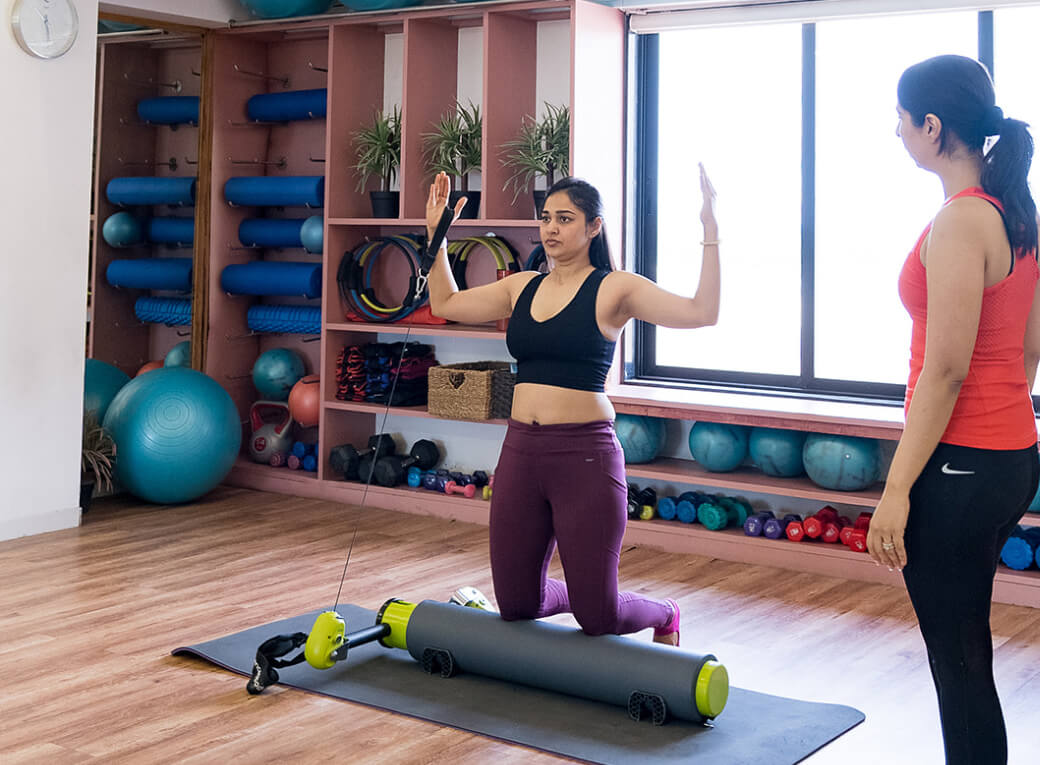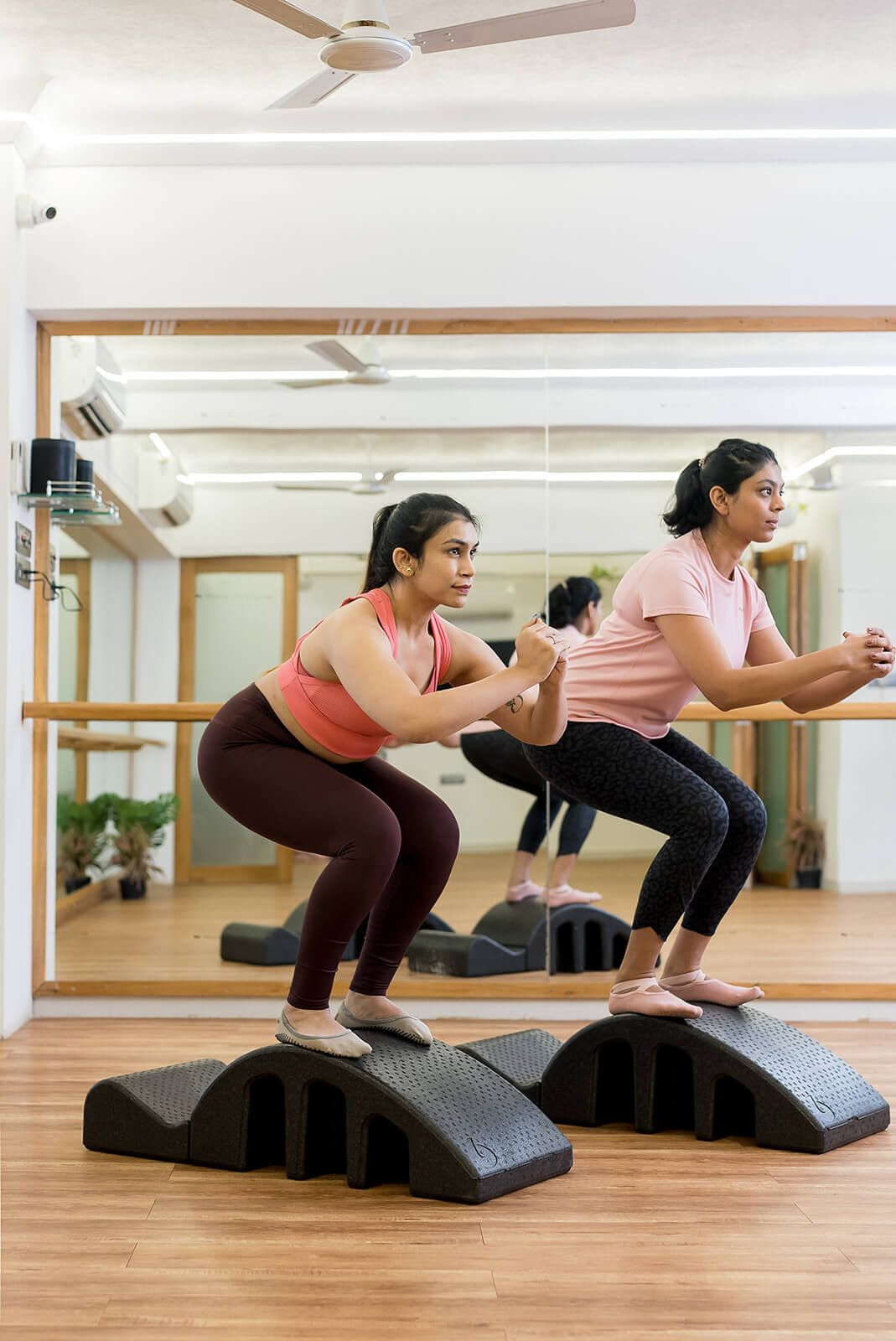When we think of Pilates today, we envision a fitness regimen that enhances strength, flexibility, and overall well-being. However, this discipline, known for its precise movements and controlled breathing, has a rich history that traces back to its founder, Joseph Pilates. In this comprehensive exploration, we will journey through the evolution of Pilates, from its origins to its contemporary practices.
The Genesis of Pilates: Joseph Pilates and His Vision
Our voyage into the world of Pilates begins with its visionary creator, Joseph Hubertus Pilates. Born in Germany in 1883, Joseph faced various health challenges during his childhood, including asthma, rickets, and rheumatic fever. Determined to overcome these obstacles, he delved into the study of various exercise regimens, including yoga, martial arts, and gymnastics.
Joseph Pilates believed in the holistic connection between physical and mental health. Drawing inspiration from Eastern and Western philosophies, he developed a system of exercises aimed at improving both the body and the mind. During World War I, he put his theories into practice by devising a series of exercises to help rehabilitate injured soldiers. This period marked the genesis of what we now know as Pilates.
Pilates Principles: The Core Concepts
Joseph Pilates established several fundamental principles that underpin the practice of Pilates to this day:
1. Core Strength: Pilates believed in the importance of a strong core (the muscles of the abdomen, lower back, and pelvis) as the foundation for overall fitness.
2. Breathing: He emphasized the significance of controlled, deep breathing to support the movements and oxygenate the body.
3. Concentration: Pilates stressed the need for focused attention on each movement, ensuring precision and alignment.
4. Control: The exercises should be performed with control and grace, rather than relying on momentum.
5. Flow: Movements should flow smoothly from one to another, creating a harmonious sequence.
6. Centering: Pilates referred to the core as the body’s center of power, and exercises should initiate from this point.
Pilates in New York: A Transatlantic Journey
In 1926, Joseph Pilates immigrated to the United States, settling in New York City. There, he opened his first studio, which he called the “Pilates Studio.” This studio became a hub for dancers, athletes, and individuals seeking improved physical fitness and rehabilitation. His innovative approach attracted a loyal following.
Many professional dancers, including Martha Graham and George Balanchine, recognized the benefits of Pilates in enhancing their strength and flexibility, as well as preventing injuries. Consequently, Pilates gained popularity in the dance community, solidifying its reputation as a valuable training method.
Joseph Pilates’ Legacy and the Evolution of Pilates
Joseph Pilates passed away in 1967, leaving behind a legacy that would continue to thrive and evolve. His wife, Clara Pilates, played a pivotal role in preserving and promoting his work. She continued to teach Pilates and train instructors at the original studio.
Over the decades, Pilates continued to spread worldwide, and his method underwent various adaptations and interpretations. Today, there are two main schools of Pilates: Classical Pilates, which adheres closely to Joseph Pilates’ original exercises and principles, and Contemporary Pilates, which incorporates modern knowledge of anatomy and exercise science.
The Modern Face of Pilates: A Blend of Tradition and Innovation
Contemporary Pilates retains the core principles established by Joseph Pilates while integrating new insights from sports science and physical therapy. This evolution has resulted in a more personalized and accessible approach to Pilates, making it suitable for people of all ages and fitness levels.
Equipment and Mat-Based Pilates
In Joseph Pilates’ time, he developed specialized equipment like the Reformer and Cadillac to assist with exercises. These machines are still used in Classical Pilates studios today. However, Mat-Based Pilates, which requires minimal equipment (usually just a mat), has become increasingly popular. Mat Pilates classes are widely available and can be practiced in various settings.
Pilates for Rehabilitation and Wellness
One of the significant developments in modern Pilates is its integration into rehabilitation programs. Physical therapists often incorporate Pilates exercises to help patients recover from injuries, surgeries, or manage chronic conditions. The emphasis on core strength, flexibility, and controlled movement aligns with the goals of rehabilitation.
Pilates in Fitness Studios and Online Platforms
Pilates has found a home in fitness studios and online platforms, making it accessible to a broader audience. Many fitness enthusiasts now incorporate Pilates into their routines to improve core strength, balance, and posture.
The Benefits of Pilates: Beyond the Core
Pilates has garnered a reputation for its core-strengthening benefits, but its advantages extend far beyond the abdominal muscles:
1. Improved Posture: Pilates promotes body awareness and proper alignment, helping individuals develop and maintain better posture.
2. Enhanced Flexibility: Regular practice can increase flexibility in muscles and joints, reducing the risk of injuries.
3. Mind-Body Connection: Pilates, like yoga, fosters a strong mind-body connection through mindfulness and concentration.
4. Stress Reduction: The focused, controlled movements and emphasis on breath can alleviate stress and promote relaxation.
5. Injury Prevention: Pilates’ emphasis on alignment and controlled movement can reduce the risk of injuries, particularly in sports and daily activities.
Conclusion: The Timeless Legacy of Pilates
From Joseph Pilates’ innovative vision to its contemporary adaptations, Pilates has transcended time and geography to become a globally recognized fitness method. Its principles of core strength, controlled movement, and mindfulness continue to resonate with individuals seeking improved physical fitness and overall well-being.
Whether you embrace Classical Pilates, Contemporary Pilates, or a blend of both, the legacy of Joseph Pilates lives on in the transformative power of this practice. As you step onto the mat or reformer, you become part of a tradition that has been shaping bodies and lives for nearly a century, a tradition that will undoubtedly endure for generations to come. Pilates isn’t just a fitness regimen; it’s a journey of self-discovery and holistic wellness that stands the test of time.



